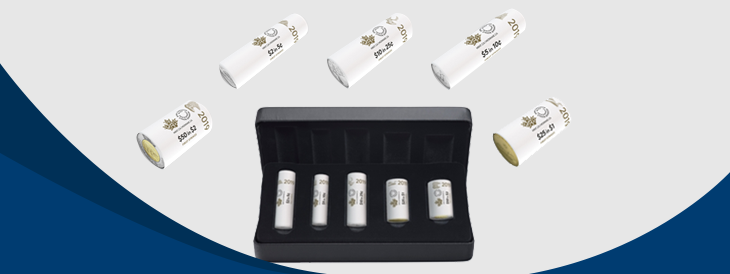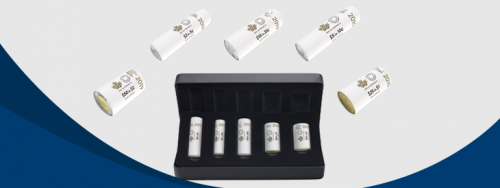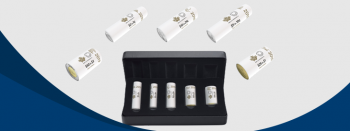Last updated on May 2nd, 2024 at 03:35 pm
Last Updated on May 2, 2024 Posted by Colonial Acres Coins
The 2019 Special Wrap Roll Collection: First Strikes
Every coin in the First Strike collection is one of the first 2019-dated Canadian circulation coins struck at the Mint facility in Winnipeg. Each of the uncirculated versions of the five denominations, including the classic Canadian 25-cent coin, comes in a special wrap roll that is rolled in a premium wrapper and sealed with a holographic label, a special touch introduced in 2019.
The Five Designs
Each design on the five denominations of Canadian coins was carefully chosen to represent Canada and a facet of the country’s history or culture.
- The Polar Bear – Introduced in 1996 the bi-metallic $2 coin features the polar bear, a symbol of strength.
- The Common Loon – The dollar coin with the solitary loon made its debut in 1987 and has become the defining image of Canadian currency.
- The Caribou – This large caribou first appeared on the classic 25-cent coin in Canada as far back as 1937.
- The Bluenose schooner – Like the Caribou, the enduring image of Canada’s maritime history, the Bluenose schooner first appeared on the 10-cent coin in 1937.
- The Beaver – This animal is synonymous with Canada and also made its appearance on the 5-cent coin in 1937.
You may think that all coins are created equal but this is not the case, some coins are simply better than others. There are a number of different strike types, including Proof Strike, Circulation Strike, and Special Mint Strike, and this will determine the quality of the coins.
Proof Strike
The strike type of a coin refers to the particular minting process that was used to strike the planchet or metal disc into the coin. The Proof Strike is the highest quality strike and during this process, the mint workers take special care in handling the blanks and planchets to reduce scrapes and scratches. The planchets are washed and polished to produce an almost mirror-like surface and each planchet is placed in a separate compartment on a tray to prevent rubbing or scratching. The dies used to produce Proof Strikes are also specially prepared and each finished proof coin is removed from the press using cotton gloves or soft-tipped tweezers to ensure that the coin is not damaged before it is carefully packed for transport.
Circulation Strike
The Circulation Strike is also known as the business strike and is the most common type of strike. The primary purpose of any mint is to produce coins for public use and the Circulation Strike is the most economical and efficient form of coin production. The blanks and planchets are handled in bulk and no special attention is given to the processing of the raw material or the finished product. As the coins leave the press they fall into large bins before being counted and packaged for transport.
Special Mint Strikes
The Special Mint Strike is better quality than the Circulation Strike but not quite to the high standard of the Proof Strike. Special care is taken with the handling of the blanks and planchets, the preparation of the coining die and the handling of the finished product. But the coins are produced faster than during a Proof Strike so there will be more scratches and imperfections.
The Mints Winnipeg Facility
Every single Canadian circulation coin is produced in the high-tech, high-volume manufacturing facility in Winnipeg. The 14,864 m2 state-of-the-art facility was established in 1976 and the 50-ton presses can churn out over 1000 coins per second. Literally, billions of coins are struck in this facility every year and it is not just Canadian coins that are made in Winnipeg, the Mint has produced over 55 billion coins for more than 75 countries around the world.




